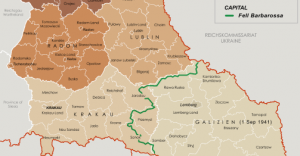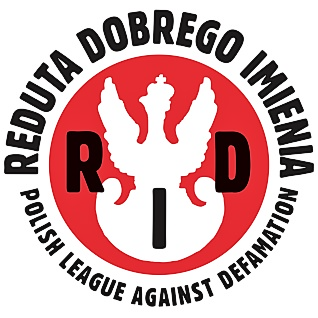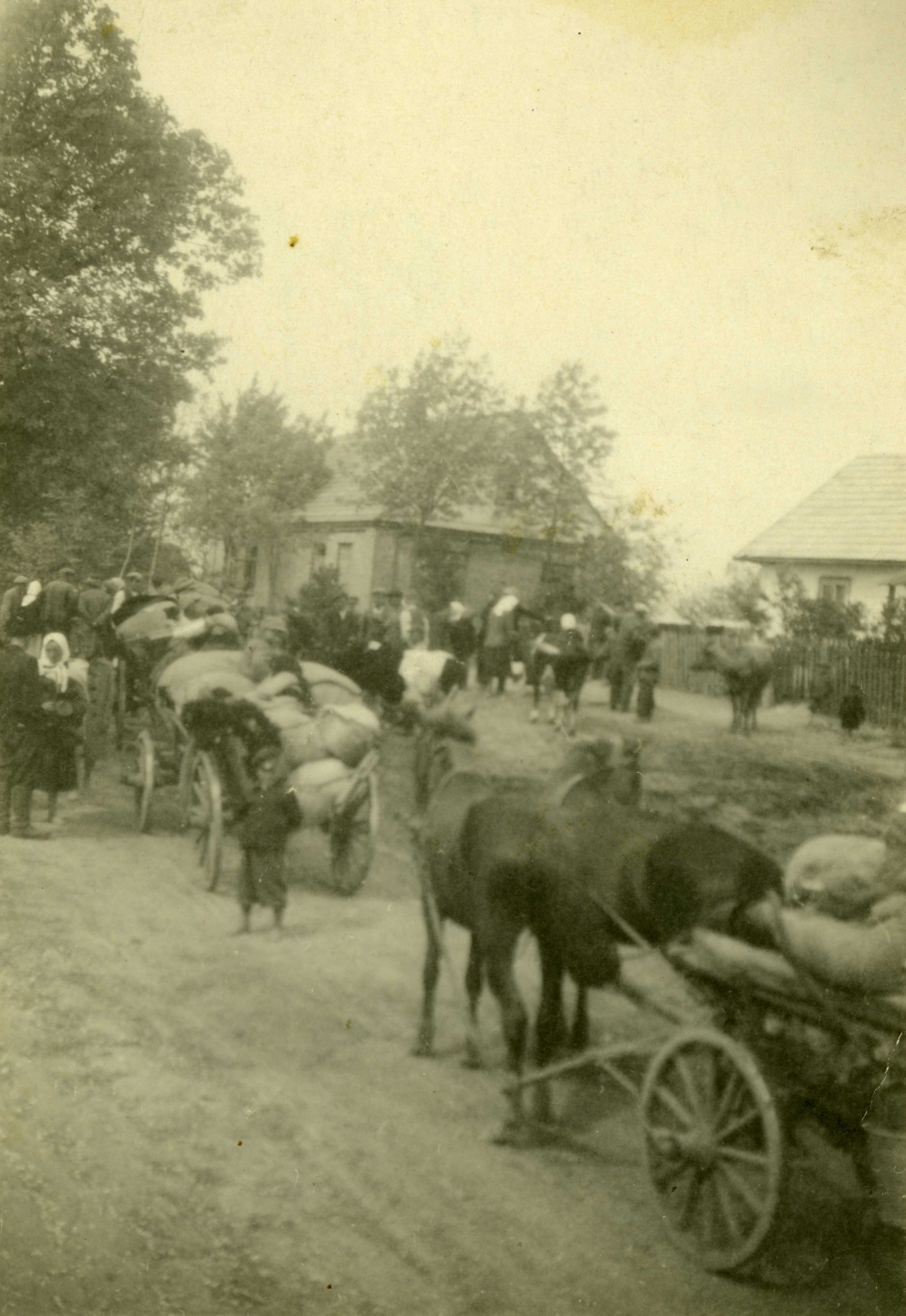The Zamojszczyzna region is an example of the brutal actions of the German occupying forces against the civilian population during World War II.

The photos come from the resources of the State Archives in Zamosc.
The displacement action of the inhabitants of the Zamojszczyzna region is an event from the Second World War, but also from the post-war period, which took place mainly between 1942 and 1943. It started on the night of 27-28 November 1942, but continued also in the post-war years, when numerous resettlement activities were carried out. The first displacement actually took place as early as November 1941, when more than 2,000 Polish peasants were expelled from the Zamojski district and replaced by German colonists.
During World War II, the Zamojszczyzna region was occupied by the Germans, who took various repressive measures against the Polish population. The deportation of the population from Zamojszczyzna was part of the German General Government's plan to strengthen the German presence in the area and to create a so-called 'area for future German expansion'. As part of this plan, it was envisaged that Poles would be deported and the German population settled there instead.
The occupying forces carried out a brutal pacification operation of almost 300 Polish villages, during which more than 100,000 inhabitants, including more than 30,000 children, were deported and their homes were inhabited by the German occupiers.
The worst part of this activity was the fact that expropriation from all property and resettlement was combined with mass extermination.
It was the Zamojszczyzna region that turned out to be the experimental site to serve as a model for the plan of extermination of the Slavs, in line with the Nazi idea of racial supremacy, being the first settlement area of Germany.
The main displacement action began in 1942. The Germans began expropriating Polish landowners and resettling them in occupied Poland. The civilian population was forced to leave their homes and many villages and towns were destroyed or burnt down.
The scale of the action was enormous, and although the exact number of displaced people is difficult to estimate, it is said that there were more than a hundred or even several hundred thousand displaced Poles. The displacement also had long-lasting social and economic effects on the Zamojszczyzna region.
With its fertile soils, but also its economic and strategic advantages, the area was very attractive to the invaders. Therefore, the action went very smoothly, and the displaced people were given so little time to take their belongings and leave their homeland that they were forced to leave all their possessions behind. They were only allowed to take pocket money, outer garments and basic food. The gendarmerie surrounded the village, rushing people into the middle of the village to segregate them, and then a preliminary selection was made by killing the elderly, invalids and the sick, who delayed the transport and were not fit for work.
The next selection, already natural, took place during transport, where in unheated railway carriages, more and more weak people and children died.
The displaced persons were placed in transit camps in Zamość and the surrounding area. Those suitable for physical labour were sent to labour camps in Germany and the rest were sent to concentration camps.
After the end of World War II and the takeover of the Zamojszczyzna region by Poland, the resettlement process continued. The German population was displaced from these areas and the Polish displaced persons were allowed to return to their lands, although this did not always happen smoothly.
The displacement action of the inhabitants of the Zamojszczyzna region is often treated as an example of the brutal actions of the German occupying forces against the civilian population during World War II.
This was part of the wider context of Nazi Germany's actions against Poland and other occupied countries, which is why it is so important to remember these events, but also to take active action, of which the presented project is intended to be a part.




